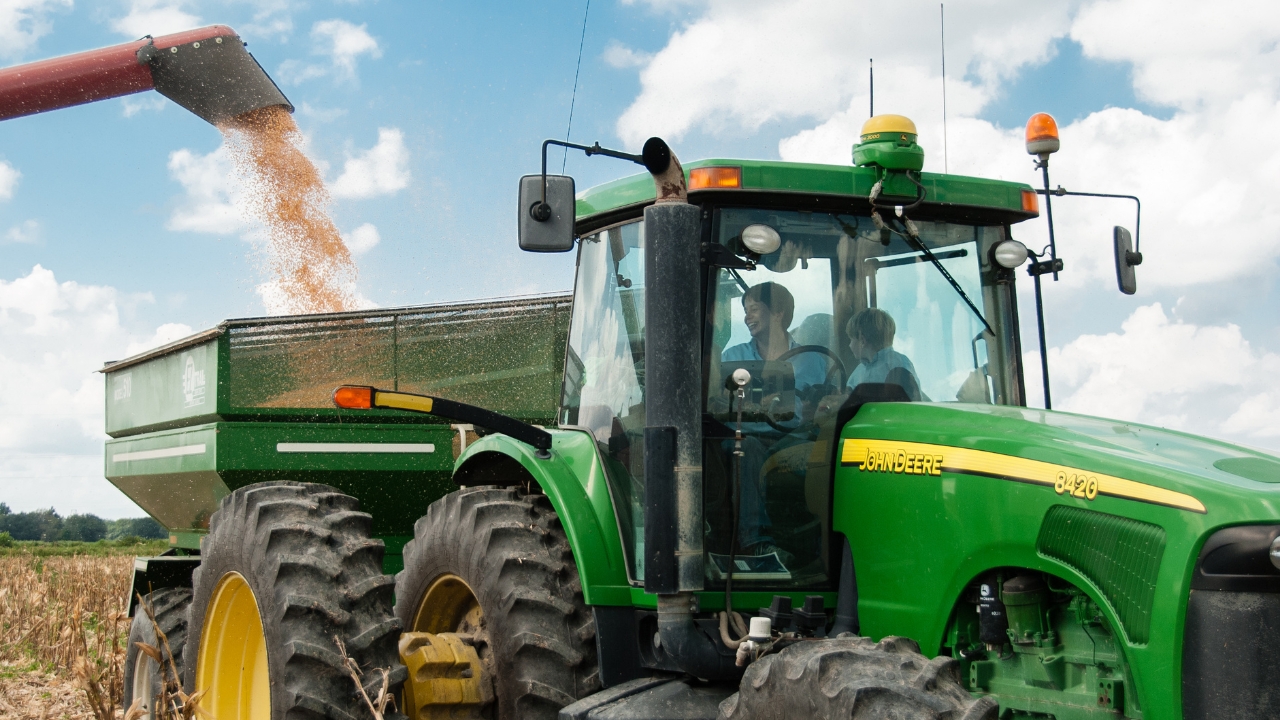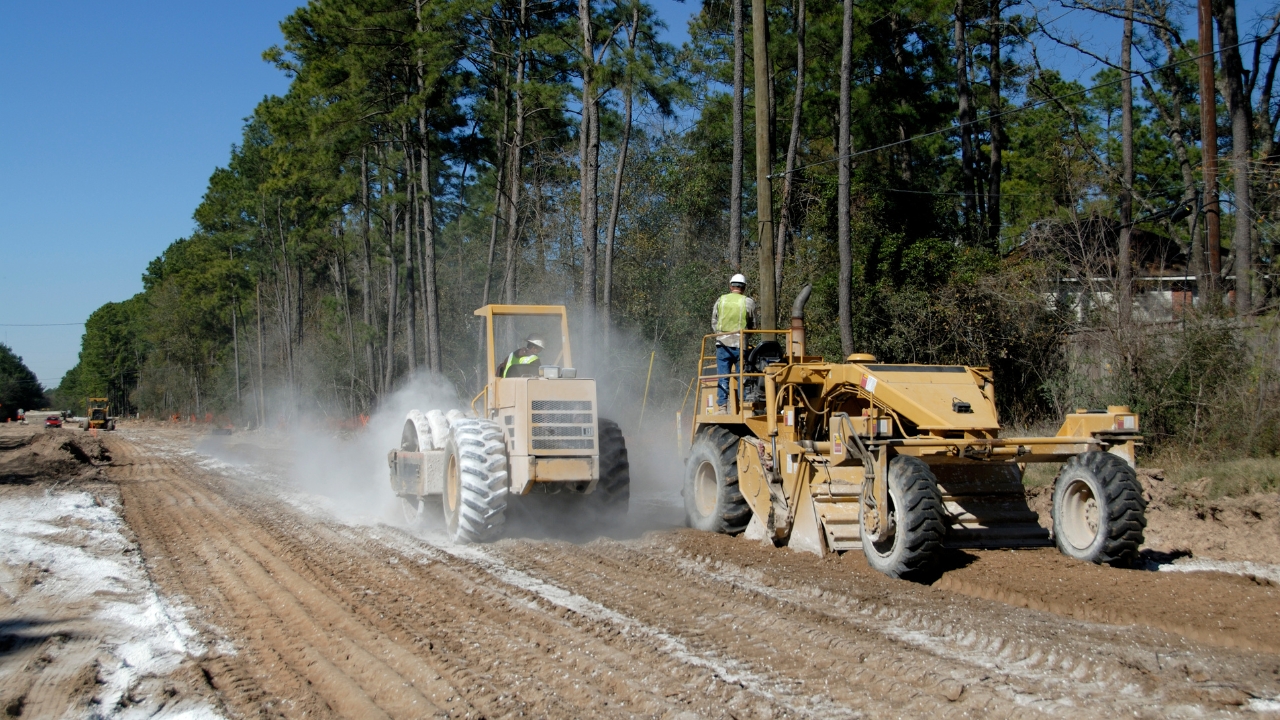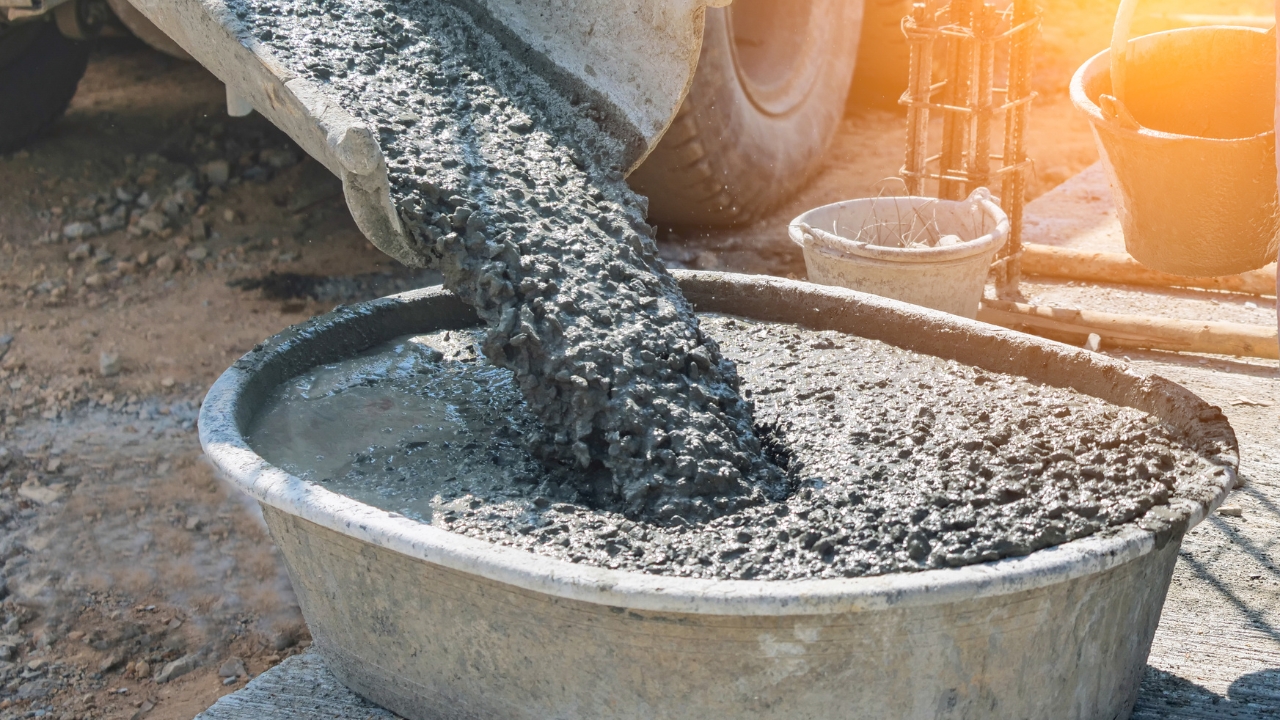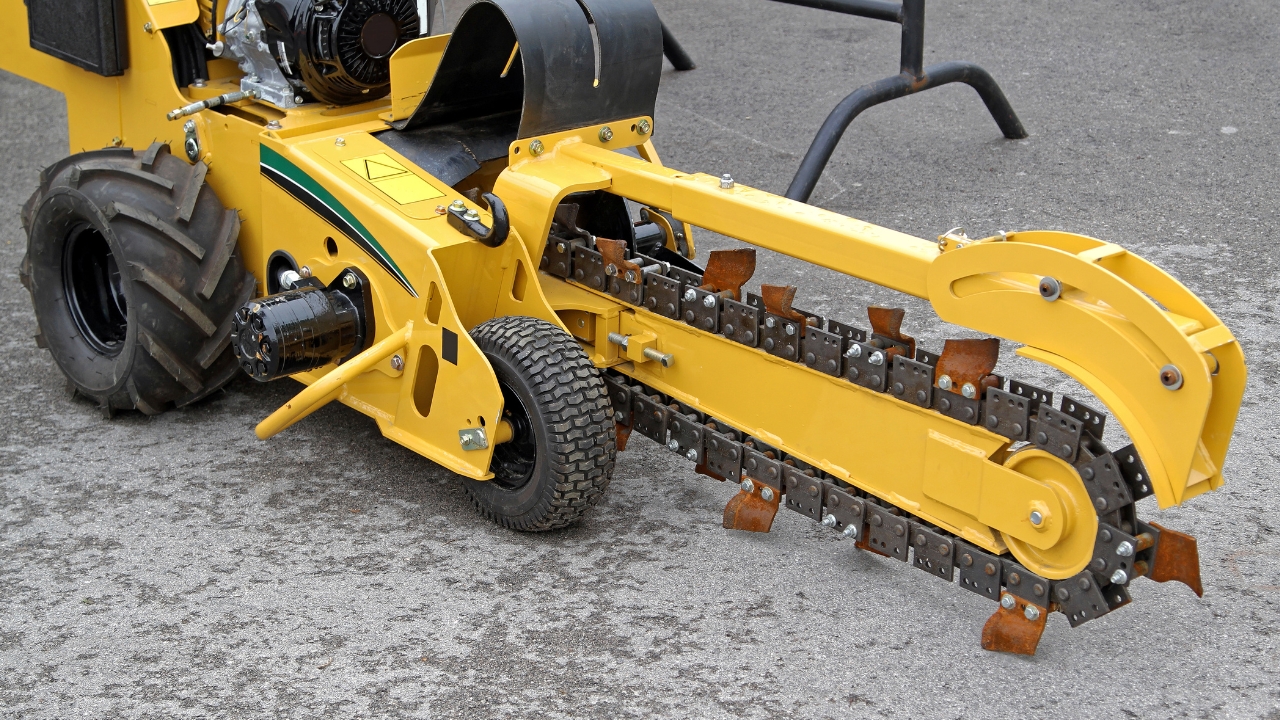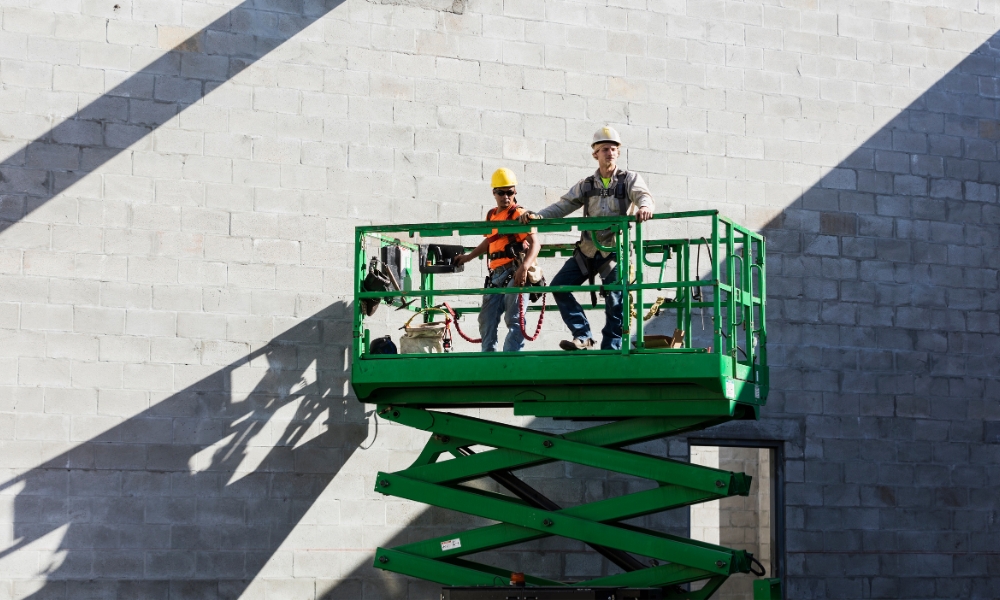The frontal plate of a Bulldozer used to push soil and dirt. A blade comes in a variety of shapes and sizes depending on the dozer and the usage that it requires. The three main blades used by dozers are S-Blades, U-Blades and S-U-Blades. Blades can be fitted straight across the frame, or at an angle. All can be lifted, and some, with additional hydraulic cylinders, can be tilted to vary the angle up to one side.

Blade
5/5
19 reviews
If you find the same course at a lower price elsewhere, we’ll match it.
You may like this:
Book a course, improve your qualifications, change your life
Pay as little as £20 to reserve your place



